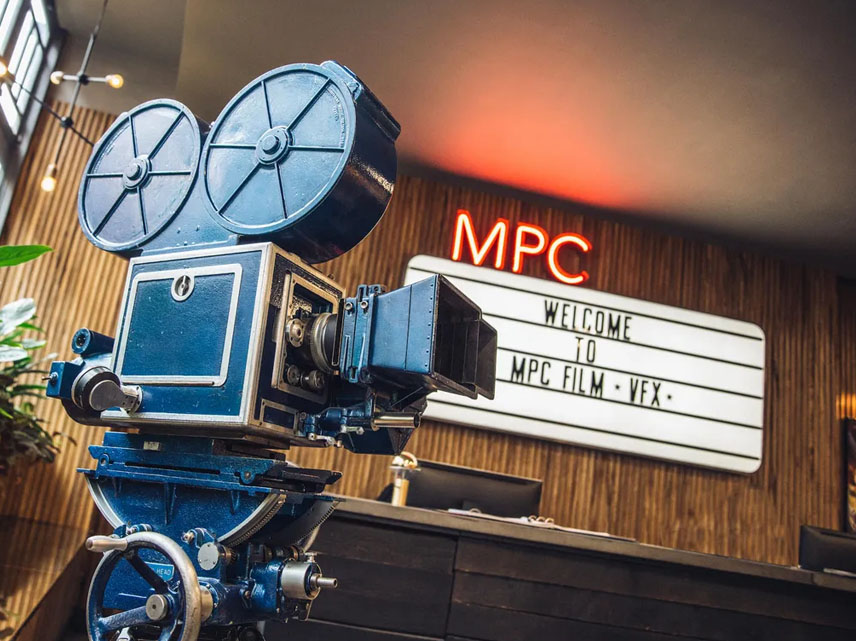How Tech is Changing Filmmaking Forever?
You see the final cut: the explosions, the sweeping landscapes, the emotion-packed close-ups.

You see the final cut: the explosions, the sweeping landscapes, the emotion-packed close-ups. But none of it just happens. Behind every frame of a blockbuster or indie hit is a toolkit of high-tech gear making each moment possible. Cameras have evolved. Soundscapes have deepened. Special effects no longer need green screens alone, they’re built live on LED walls.
If you’re a filmmaker, a content creator, or a tech nerd who loves movies, knowing what’s behind the curtain isn’t just curiosity, it’s insight. Tech doesn’t just support filmmaking; it’s reshaping it. From robots that handle stunts to AI that edits faster than any human, today’s movie magic is built on hardware and code. Here’s your look behind the lens at how modern gadgets make cinema more real, or more unreal, than ever before.
Virtual Production Gear
Forget the green screen. Today’s biggest productions use LED walls to build entire digital worlds, in real-time. If you’ve watched The Mandalorian, you’ve already seen virtual production in action.
LED walls surround actors with photorealistic environments that respond to camera movements. These aren’t static backgrounds. They’re dynamic, shifting 3D projections that allow realistic lighting, depth, and parallax. Instead of pretending a desert is behind the actor, the actor actually sees and moves through that world, and so do you.
Unreal Engine powers most of these real-time renderings. Originally built for video games, it now drives Hollywood’s most advanced virtual sets. You load in a 3D environment, and it updates live as the camera pans or tilts. No need to fix shadows or eyelines in post, they’re correct on set.
You, as a creator or fan, get a more immersive, flexible film experience because digital tools are now shaping the shot as it’s being filmed, not months later.
Cinematic Drones and Robot Cams
Drone cinematography used to be a luxury, now it’s standard. The difference? Smarter, smoother, more stable flying platforms. You get flawless, sweeping aerial shots that used to require helicopters and huge crews.
Modern drones use built-in stabilization, auto-tracking, and pre-programmed flight paths. That means filmmakers get consistent motion for complicated sequences. Tight corners, low swoops, or weaving through buildings? Drones handle it with a click.
Then there are robotic camera arms. On high-octane sets, car chases, explosions, fight scenes, robotic arms sync precisely to CGI plans. They follow paths timed to the millisecond, ensuring perfect alignment with digital effects later.
You get the feel of a handheld shot with the precision of a machine. These rigs aren’t just gear, they’re choreography. They let the impossible become routine.
Sound Design Hardware
Audio doesn’t just support visuals, it sells them. Today’s sound design starts on set, not in post. Spatial audio kits now capture ambient sound in 360 degrees, letting you layer natural soundscapes directly into the mix.
Wearable binaural microphones replicate human hearing by capturing sound from ear level. That means scenes sound like you're physically in the space, not watching it from a distance.
For action scenes, on-set sound recorders capture dynamic effects like footsteps, rustling, and even breathing, in surround. These are synced with directional mics and body mics to give editors multiple layers of authentic sound.
For creators, sound is no longer an afterthought. With the right gear, it’s immersive, intimate, and engineered as carefully as the image.
AI in Post-Production
Once the cameras stop rolling, the machines really get to work. AI is now cutting scenes, cleaning audio, and even reimagining performances.
Let’s start with color grading. AI tools analyze lighting, tone, and palette across scenes to ensure consistency. They make adjustments in minutes that used to take colorists days.
In editing, AI can scan hours of footage, identify the best takes, and sort them by emotion or action. It even suggests rough cuts based on common patterns. For small teams, this isn’t a shortcut, it’s a lifeline.
Voice cleanup is another AI win. Background noise? Echo? Uneven volume? Machine learning models now clean vocals better than most human ears can detect.
Then there’s the uncanny stuff: de-aging actors digitally, deepfaking voice lines, or inserting performances into new scenes. It’s controversial, and powerful. If you’re a filmmaker, it’s a tool. If you’re an audience member, it’s a question: What’s real anymore?
The Indie Filmmaker’s Toolkit
Not every creator has a blockbuster budget. But now you don’t need one. Affordable gadgets are closing the gap between indie and studio.
Pocket cameras with cinematic sensors shoot in 4K. Gimbals under 2kg keep footage steady on rough streets. Portable RGB lights let you build moods in seconds. Software bundles with AI-enhanced tools give you pro-level effects, color grading, and transitions.
Sound kits are lighter and more wireless than ever. Laptops with GPU acceleration handle real-time rendering and editing. And cloud platforms let you collaborate across continents, no big post-production studio required.
You, as an indie filmmaker, can now write, shoot, edit, mix, and master from a single desk, or a café in Lisbon. Gear doesn’t replace vision, but it levels the playing field. You create what you dream, without waiting for permission or financing.
Gadgets That Make Movies
When you sit in a theater and lose yourself in a scene, that’s not magic. That’s math. Code. Steel. Sensors. Circuits. The illusion of reality, the emotion of fiction, all built on tech.
The new era of filmmaking belongs to those who embrace the tools, not just the stories. Whether you’re a fan who loves what goes into every shot or a creator trying to level up your craft, the message is clear: gear isn’t an accessory. It’s an engine.
Movie magic doesn’t come from nowhere. It comes from LED panels. From drones and robots. From audio captured in full surround. From AI that edits while you sleep.
So if you’re serious about what’s next in film, look past the lens. That’s where the real innovation lives.
Discover how tech gear like drones, LED walls, AI, and sound hardware is transforming modern film production and post.
Recent Blogs
-

Best Neck and Shoulder Massagers for At-Home Pain Relief
-

Best Collagen Supplements for Women Over 40: How to Elevate Your Choice
-

Best Natural Aphrodisiac Supplements for Boosting Libido and Performance
-

Best Flavored Sunflower Seeds to Satisfy Every Craving
-

Best Brain Health Supplements for Focus, Memory, and Energy